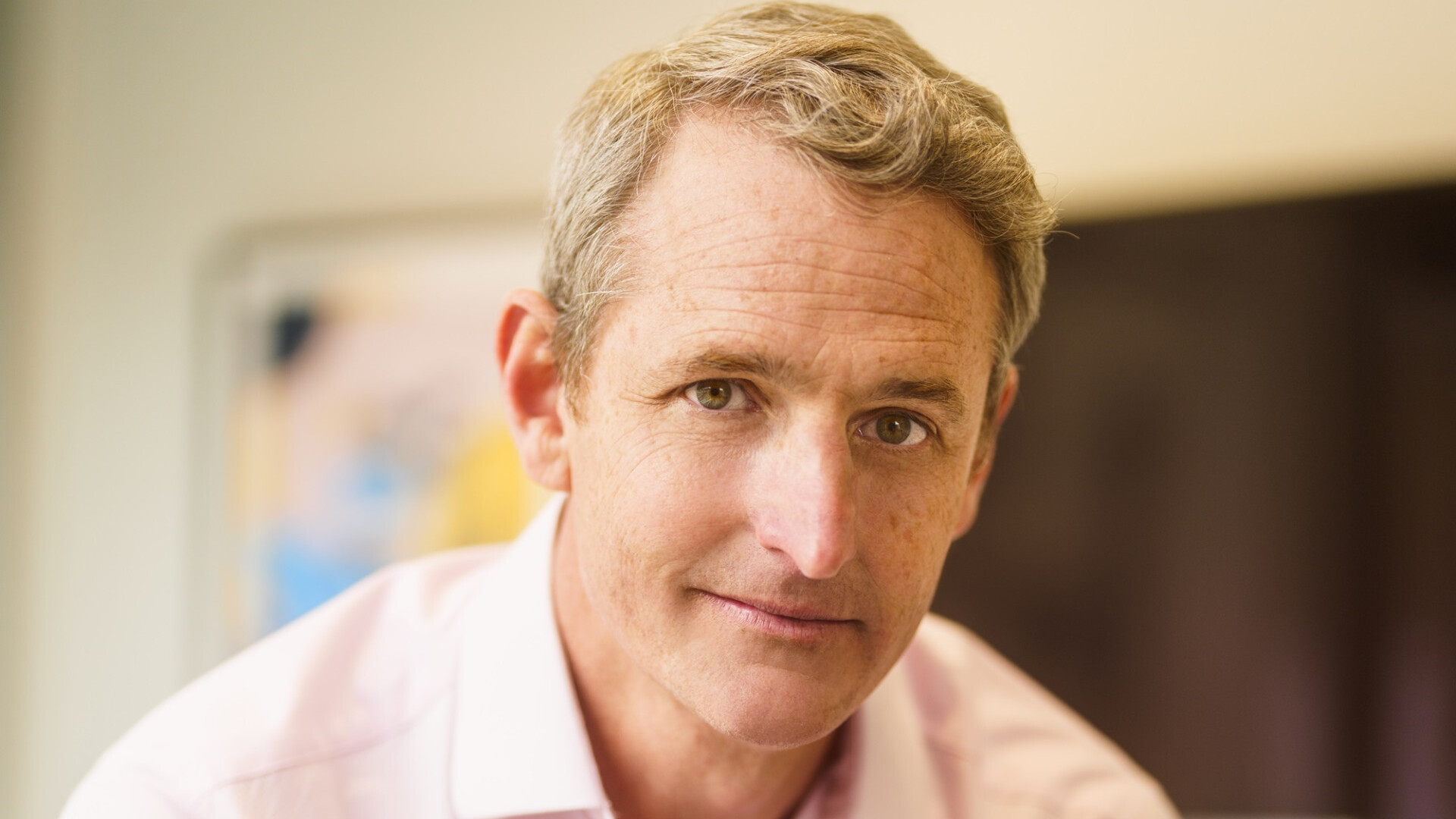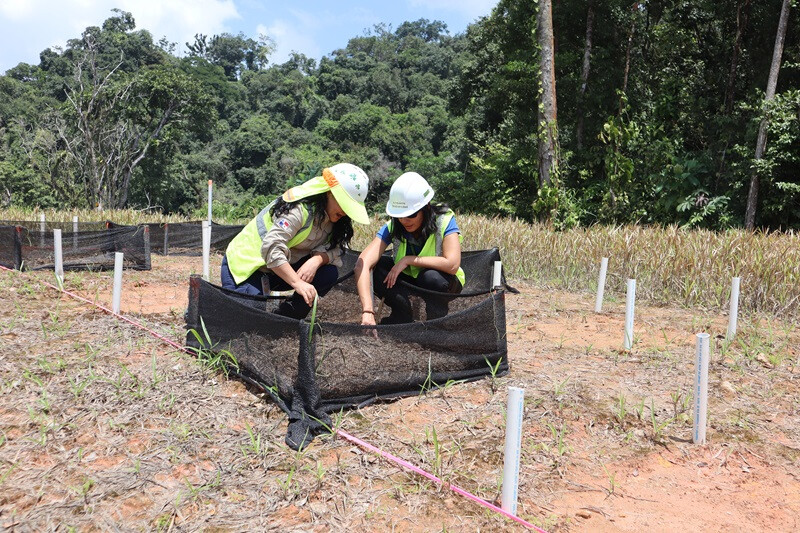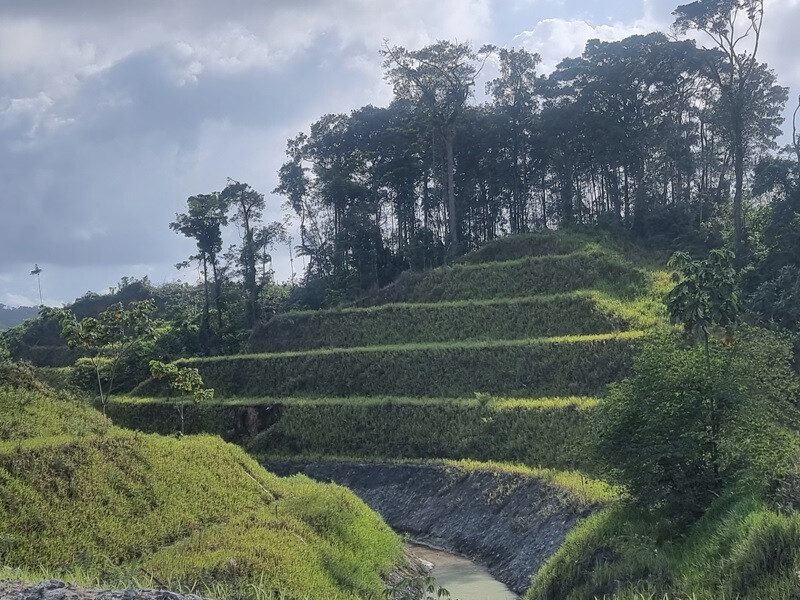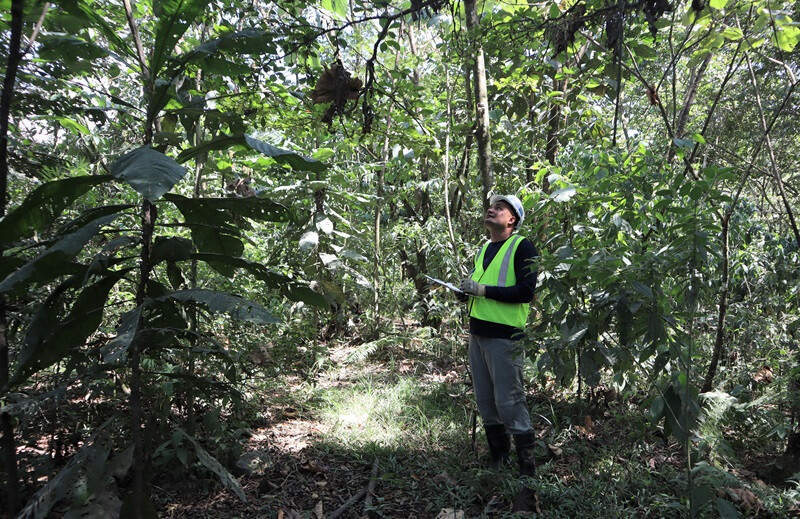We speak to the CEO of the mine linked to the Panama protests…
Exclusive interview with Tristan Pascall, CEO of First Quantum Minerals - the world's 6th-largest copper producer and owner of the Cobre Panama mine...

Exclusive interview with Tristan Pascall, CEO of First Quantum Minerals - the world's 6th largest copper producer and owner of the Cobre Panama mine…
Why are Panamanians protesting against Cobre Panama?
Tristan Pascall: In late 2017 Panama’s Supreme Court ruled that the original contract law was unconstitutional. The logic was that the original 1997 contract law had been made at a time of low copper prices. Renegotiation took years and went through a thorough process and was only agreed in March of 2023. But when that new law was ratified by the Assembly, it sparked protests. Some of those protesting have genuine environmental concerns, while others groups involved have more general grievances not necessarily related to mining.
We want to listen and learn from the protesters however we also realise that our mine is a major economic driver for the country – we employ more than 7,000 people, 90% of whom are Panamanian and spend more than $900million a year with Panamanian suppliers – so we need to do a better job of communicating those benefits to all Panamanians. We are using world-class technology and state-of-the-art equipment to play a crucial role in tackling climate change.
We are a responsible miner that abides by the IFC Performance Standards and the UN Sustainable Development Goals. Cobre Panama does have an environmental impact but we work hard and are committed to mitigate that. We apply the highest environmental, safety and social standards and we are open to listen to new perspectives and challenges to create a common ground.

In the post-pandemic world, you have a cost-of-living crisis that can lead to civil unrest as it impacts hard on communities. We saw that in Panama last year, with protests against the price of fuel and medicines. So, in some ways our project has become a lightning rod for other problems. You see that in other mining countries too. But our mine can fuel the economic growth to help solve some of those challenges.
The unrest points to disaffection with wider areas. It’s not just Panama, in much of the world mining needs to communicate, listen and learn. With regards to our mine in particular, it has a long history, as the deposit was first discovered in 1968 and identified by the UN as the means for Panama to diversify its economy. This project has long been seen as a source of economic growth. We invested $10billion in Panama and we built a lot of infrastructure, such as a port, roads and cross-country transmission lines, that don’t just serve the mine but the entire country.
Some protesters claim the mine impacts water levels in the Panama Canal; is that correct?
TP: We don’t impact the Panama Canal’s water in any way. This has been confirmed by the Panama Canal Authority. The mine’s water catchment is completely different to the Canal’s and there are three larger water catchments that lie between our catchment and the catchment of the canal. Our mining operations drain a small watershed and it’s physically impossible for water to connect between the mine and the Canal due to the distance and the topography.
We don’t impact the Panama Canal’s water in any way. This has been confirmed by the Panama Canal Authority. The mine’s water catchment is completely different to the Canal’s
Of course, we understand that water is a sensitive issue for Panama because the future of the Canal – and the related shipping and logistics businesses – depend on it. But we are in a completely different watershed and even if we gave the Canal all of the water that we discharge per year – 100 million cubic metres – it would represent just one week’s supply for the Canal, which has an annual discharge of 6 billion cubic metres.
Some protestors claim Cobre Panama has resulted in significant loss to biodiversity; is that true?
TP: Biodiversity is a very important issue for us. It is something that the whole world needs to deal with further, beyond the focus on carbon emissions. Our project is located in the Mesoamerican Biological Corridor, an important natural connection between North and South America. Furthermore, the area around our mine is rich in biodiversity. We have supported significant studies by internationally recognised experts to gather information on the flora and fauna of the site and assess our impact. Our infrastructure planning and operational controls have taken those studies into consideration. Our commitment to protect biodiversity is clear, on public record and in-line with the requirements of our environmental and social impact assessment.
We have a biodiversity action plan that we developed with leading consultants, such as Kew Gardens, the Smithsonian Institute and Houston Zoo. We have an independent biodiversity auditor that evaluates the impact of the mine. We have a commitment to reforest more than 11,000 hectares, around twice the footprint of our mining footprint. It’s the largest private reforestation programme in the country. We’ve had a nursery running for many years, that involves collecting the seeds of these wild indigenous species and creating a proper seed bank that allows us to reforest. Last year we planted more than 1 million seedlings.
When it comes to species conservation, we work with groups like the Sea Turtle Conservancy and the Peregrine Fund. Birds, reptiles and amphibians are a good indicator of the health of an ecosystem. We also provide $3million of funding each year to protect close to 20% of Panama’s total protected areas. That habitat protection beyond the mine means there is a storage of biodiversity that can spread along the Mesoamerican biological corridor.
Your project has created a lot of negative responses from environmental groups. How would you respond about the impact on the environment?
TP: We are aware of the negative responses and we’re open to listening and addressing those concerns. It’s a sensitive project and we need to respond by making it clear that we are meeting our obligations. The comprehensive Environmental Social Impact Assessment is the cornerstone of our environmental work. It’s a rigorous process that identifies the potential social and environmental effects of the mine. Then, considering those factors, it identifies appropriate measures to control and mitigate those impacts.

We have a legal commitment to meet high standards, which were developed by international environmental experts in line with international standards, and subject to rigorous public comment, including from the communities around the mine. We have more than 200 committed environmental staff at the mine to carry out the obligations listed in the EISA and we spend millions of dollars every year to ensure they are fulfilled. Our environmental standards are overseen by third party auditors and the government but clearly we need to be more effective at letting a broader range of people know. Panama doesn’t have a long mining heritage so it is our responsibility to provide more information to the Panamanian people about our responsible mining approach.
The mine will result in the loss of tropical rainforest. How much are you clearing and how do you reduce the impact of this?
TP: Our permit strictly limits the amount of forest that we can clear for mining to 5,900 hectares. At present our operational area is 3,000 hectares, so some rainforest has been lost, however, this threat was identified when the project was approved. That’s why we have committed to reforesting almost double the area of our concession– more than 11,000 hectares. Some of that reforestation can be done by rehabilitating the forest at our mine site, but we are also planting new forest throughout Panama. We go into areas where the rainforest has been damaged by slash and burn agriculture and we work with the farmers to restore the forest, while allowing them to grow high value crops, such as cacao, alongside. That way those farmers have an economic incentive to protect the forest.
We have already rehabilitated more than 4,000 hectares, which is more than the area we have deforested. Moreover, its early days and we will plant much more forest. We understand that a large mining operation has an environmental impact but our commitment is for that impact to be net positive over the lifetime of the mine. When operations finish it will all be recovered in rainforest.
How can Minera Panama do a better job of convincing the Panamanian people that it is not an environmental threat?
TP: We acknowledge that there are groups in Panama that we haven’t been able to communicate effectively with and that’s a cause for frustration. Transparency is fundamental and we need to be open and learn from our stakeholders. I think it’s important that we invite protestors to the mine and allow them to see it for themselves – that way they can see the steps we are taking to protect the environment.
We also need to ensure that the mechanisms in place that allow people to make complaints are well understood. If we make a mistake then we want to ensure it doesn’t happen again. We comply with all of our government regulations and regularly publish data on our environmental impact but we are happy to receive feedback on where people think we are going wrong. We have a very successful programme whereby the local communities are involved in water quality monitoring. We’re open to how this could be expanded more broadly across Panama. We won’t make all the people happy every day – there are some people who will always dislike mining – but we will work to the highest standards and always be open to suggestions of what we can do better.
Does growing environmental activism make it more difficult to develop largescale copper mines?
TP: The mining industry has to perform to high standards to build trust. Environmental awareness and activism mean we have to improve our engagement. Responsible mining means leaving places in a better condition than how we found them. I think we are very good at working with the communities around the mine but increased environmental awareness has brought in new stakeholders that want to be part of the conversation.
I do worry that people sometimes forget about the industries that make their daily life possible. For example, the milk in the supermarket comes from agriculture. If we don’t have mining, we would go back to the stone age. Of course, humanity needs to recycle as much as possible but at the moment we only recycle between 20% to 30% of the copper we use. We’re all guilty of throwing away electric gadgets or pipes with copper in them. Moreover, there is extra demand coming to feed and heat people.

The comparison with agriculture is interesting because if you look at Panama, a country of roughly 7.5 million hectares, then forests account for 4 million hectares, pasture makes up 1 million hectares while cultivated land is 600,000 hectares. In percentage terms 23% of Panama’s land is used for agriculture, compared to just 0.07% for mining. That tiny land use for mining accounts for 5% of GDP and 75% of exports, meaning each hectare of land used for mining generates $800,000 of GDP while agriculture makes just $920 per hectare per year.
Without sufficient copper, the world will be unable to transition to clean energy; do you think the wider public appreciate that fact?
TP: The global energy transition means the copper that Panama produces is really important. Last year alone Cobre Panama made enough copper for six million electric vehicles – EV’s use two to three times as much copper as conventional cars – which makes it globally relevant. Panama and the mine are on the front line of the energy transition.
The global energy transition means the copper that Panama produces is really important. Last year alone Cobre Panama made enough copper for six million electric vehicles
Of course, that transition has to be just and fair, especially in the countries that are producing the materials. But the fact is, that we need mining to feed, heat and house people. From the fertilizers used on the farms, to the bricks and steel that allows us to build better homes and buildings, it all needs to be mined. Meanwhile mining has to be as sustainable as possible, which is why First Quantum is already switching the way it powers mine operations from diesel to electricity.
If the government closes or seizes the mine, are you confident that you would receive fair compensation?
TP: We are very confident in our position and committed to Panama. Over the long-term we’ve invested more than $10billion in turning the Cobre Panama into a world-class asset. We’ve had a positive impact in terms of employee training and our work with suppliers and society more broadly. We are committed to our relationship with Panama and open to constructive dialogue to how the mine can be part of Panama’s economic future. But yes, the fall-back legal position is very strong.
First Quantum Minerals has other development assets in Latin America; will these protests cause you to reconsider your expansion in the region?
TP: We can see how hard it is to develop and operate mining projects. Society demands that we perform better and we need to continue to improve, which we fully support. The world is running out of high-grade projects, so then you turn to lower-grade deposits which have higher capital requirements. We also have assets to develop in Peru and Argentina that can be a great asset for those countries. But our experience in Panama underlines the importance of having an open engagement with a broad range of stakeholders and we’re committed to doing that.